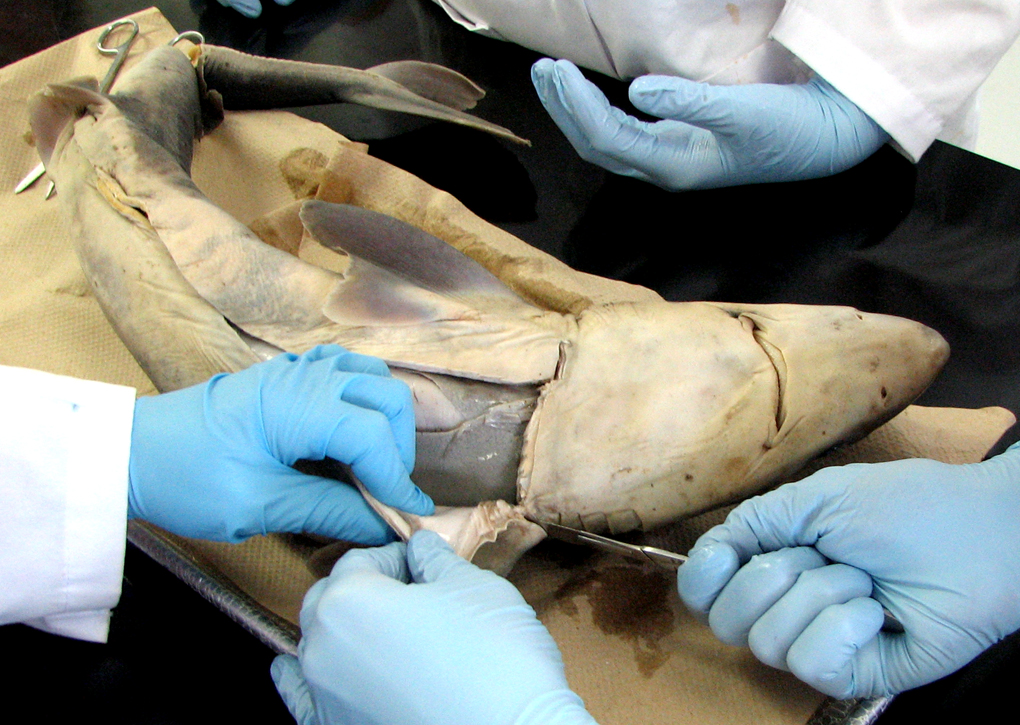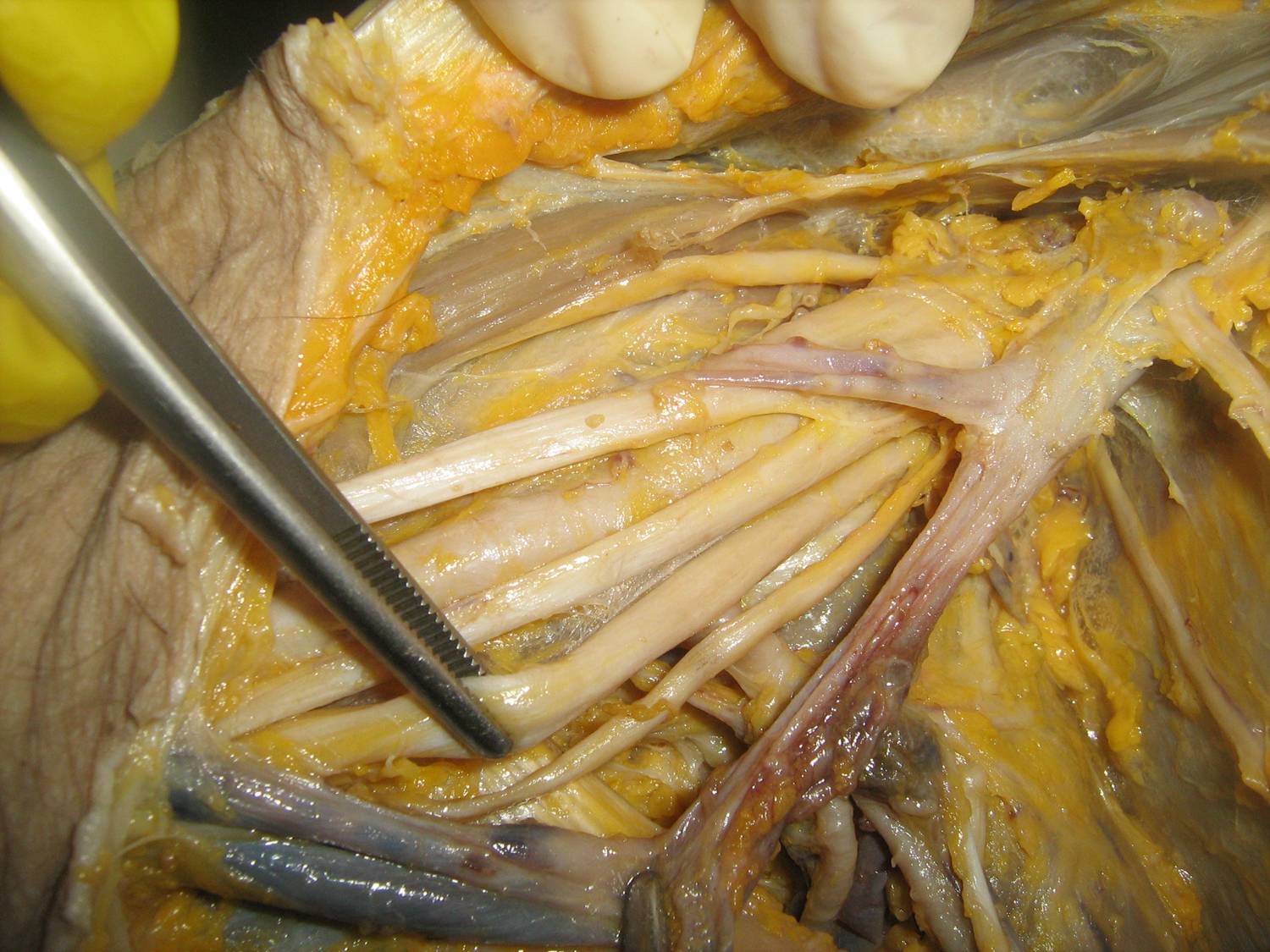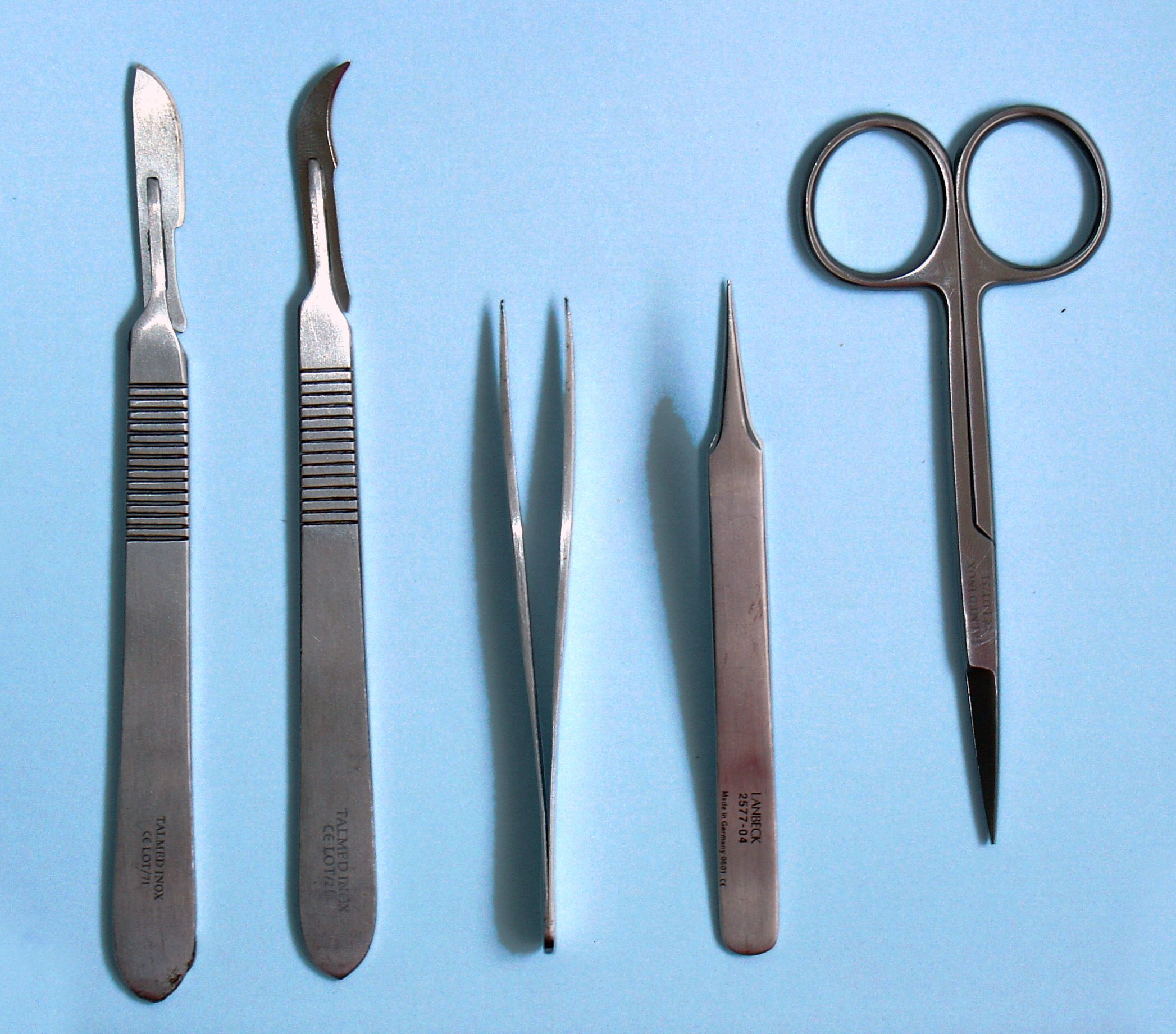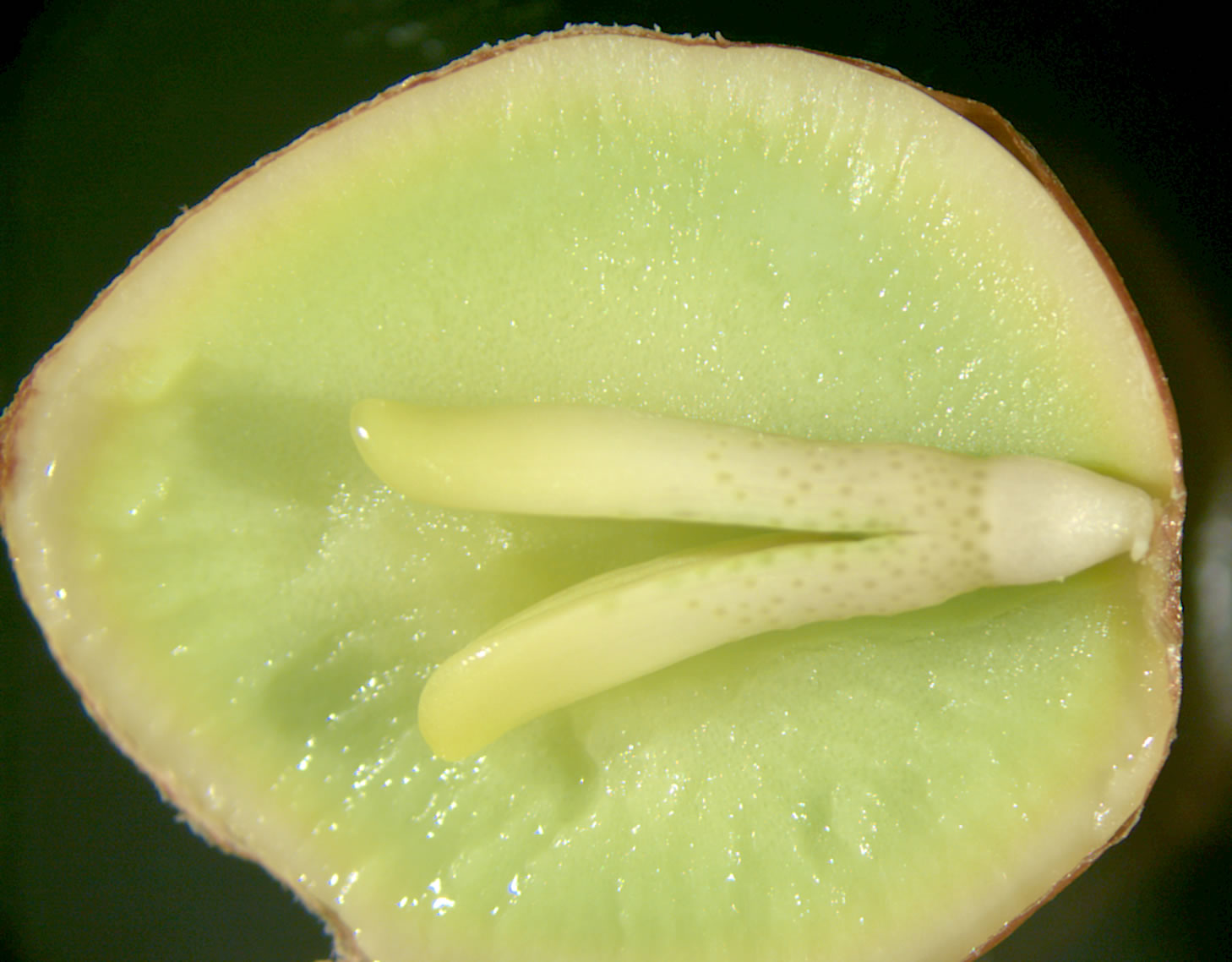Dissection
Enlarge text Shrink textDissection (from Latin dissecare "to cut to pieces"; also called anatomization) is the dismembering of the body of a deceased animal or plant to study its anatomical structure. Autopsy is used in pathology and forensic medicine to determine the cause of death in humans. Less extensive dissection of plants and smaller animals preserved in a formaldehyde solution is typically carried out or demonstrated in biology and natural science classes in middle school and high school, while extensive dissections of cadavers of adults and children, both fresh and preserved are carried out by medical students in medical schools as a part of the teaching in subjects such as anatomy, pathology and forensic medicine. Consequently, dissection is typically conducted in a morgue or in an anatomy lab. Dissection has been used for centuries to explore anatomy. Objections to the use of cadavers have led to the use of alternatives including virtual dissection of computer models. In the field of surgery, the term "dissection" or "dissecting" means more specifically the practice of separating an anatomical structure (an organ, nerve or blood vessel) from its surrounding connective tissue in order to minimize unwanted damage during a surgical procedure.
Read more on Wikipedia >
 Topic
Topic

















